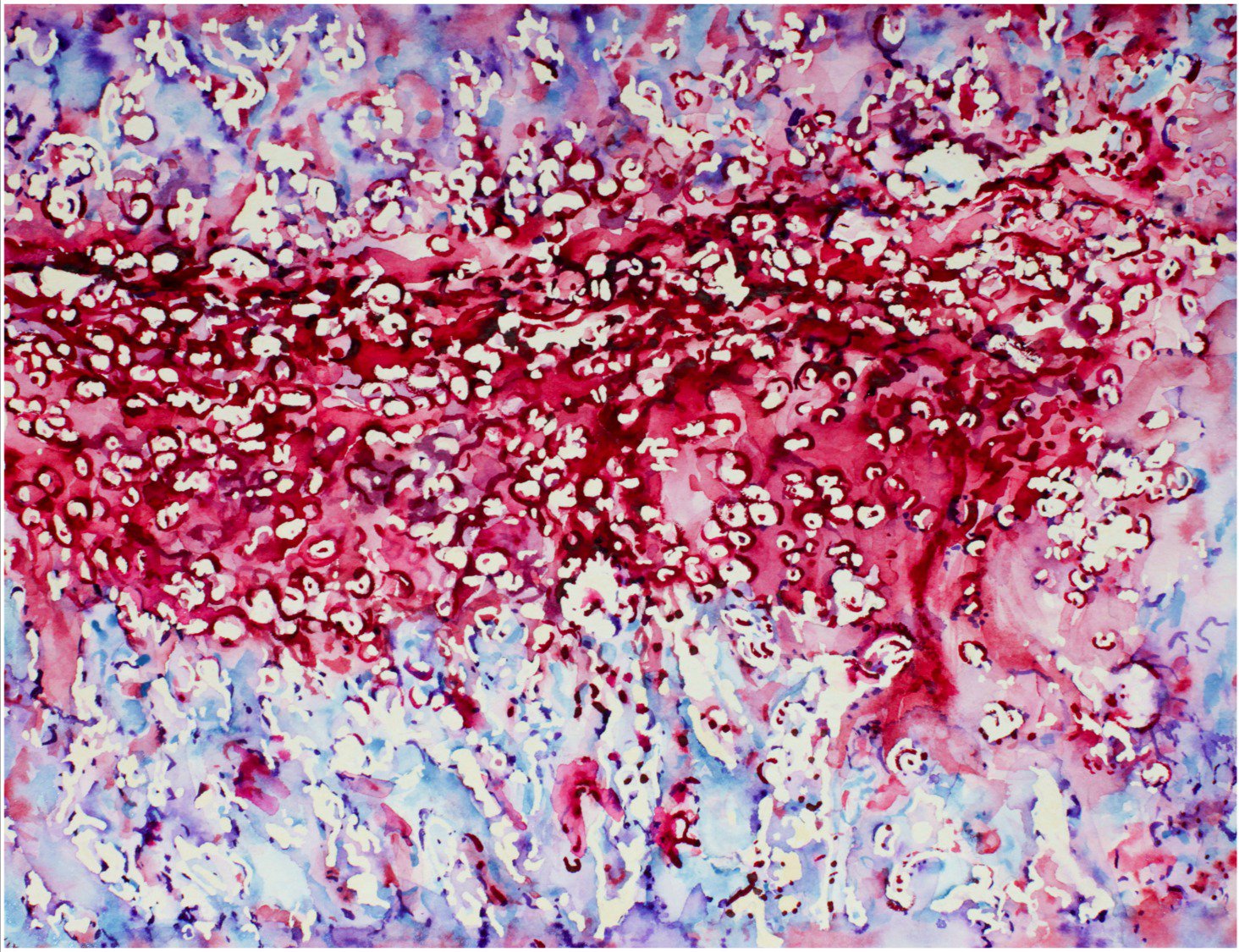| Large bone defects caused by traumatic injury or tumor resection pose a significant clinical challenge as they cannot not heal without intervention, and current bone grafting therapies are limited. Tissue engineering is a promising alternative. Many bone tissue engineering strategies use scaffolds designed to match the structure and properties of mature bone. However, natural fracture healing is most efficient (90-95% success rate) when it recapitulates bone development through endochondral ossification. A tissue engineering therapy that enabled large defects to heal with the same fidelity as natural fracture healing would be transformative. Here, we apply these developmental and endogenous repair mechanisms to the regeneration of challenging defects, which, unlike simple fractures, do not form a callus and cannot heal on their own. In both development and repair, endochondral ossification requires mechanical cues. Recently, developed a scaffold-free approach that recapitulates the cellular organization of the developing limb bud to induce endochondral ossification in large bone defects. We found that in vivo mechanical loading significantly enhanced endochondral regeneration, with functional regeneration induced by load initiation at the time of chondrocyte hypertrophy-to- ossification transition. However, it remains unclear how the cellular differentiation state or the composition and properties of the extracellular matrix influence this mechanotransductive endochondral response. The goal of this project is to understand the mechanisms by which cellular lineage and extracellular matrix influence mechanical regulation of endochondral bone defect regeneration. Our governing hypothesis is that mechanical stimulation of endochondral bone defect regeneration depends on chondrogenic cell lineage maturation and extracellular matrix composition through YAP/TAZ mechanosensation. We will determine the influence of endochondral differentiation state, matrix composition and properties, and YAP/TAZ signaling on mechanical regulation of endochondral ossification using a combination of bioreactor and large bone defect models. These results will identify when and how mechanical stimuli induce endochondral regeneration and may provide insights for development-inspired tissue engineering strategies in other tissues. |

